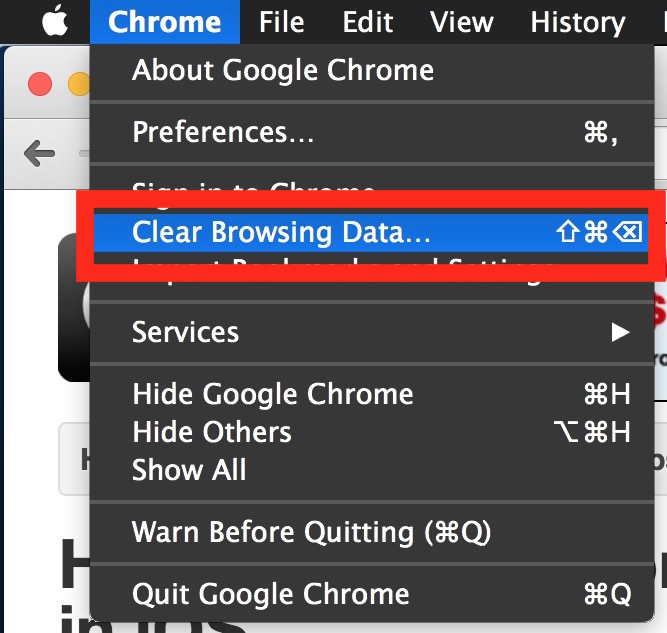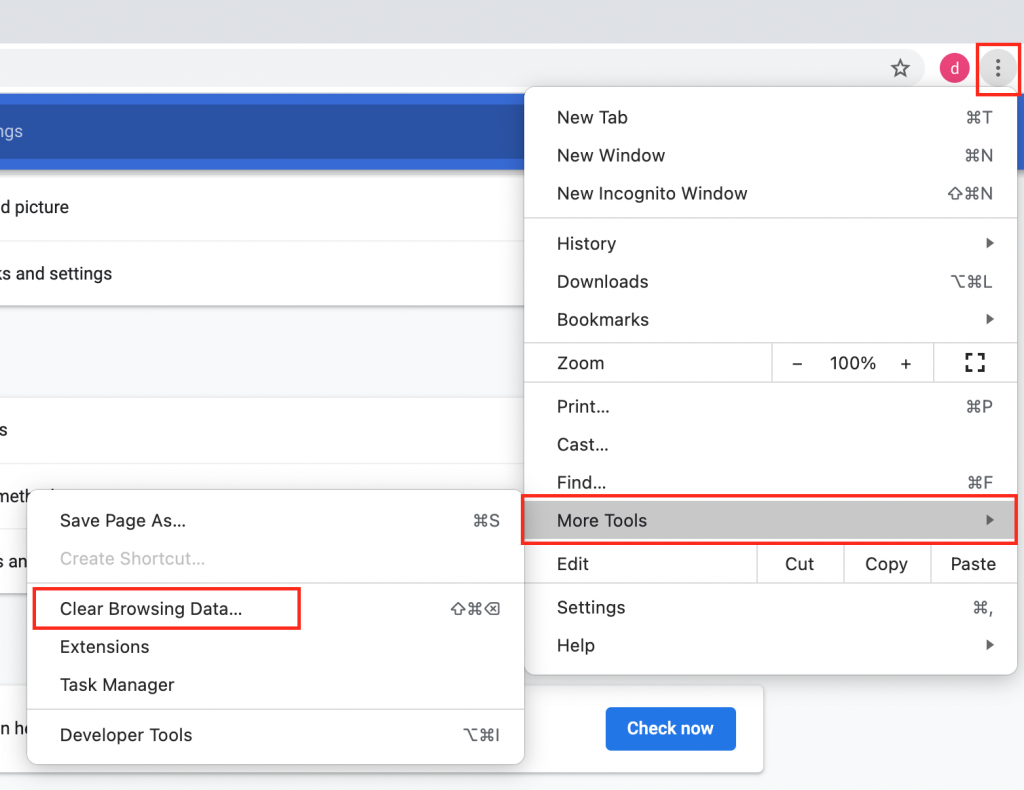

You can also disable the cache altogether in Chrome Developer Tools. Now, whenever you finish a browser session your cookies will be deleted automatically. Click on this and select Keep local data only until you quit your browser. Go to menu > Advanced > Content Settings, then scroll down and select Advanced > Content Settings. You can set Chrome to automatically clear cookies on exit.

You can set Chrome to not use the cache at all, delete local data on closing, or use third-party extensions to disable caching. You don’t have to clear your cache by hand. Can you automate the process of clearing your cache in Chrome? But autofill and other data is synched across devices by your Chrome account. Then you’ll be able to delete the cache from just that device without affecting the rest of your Google account.Ĭookies are stored on the device so deleting those doesn’t require you to sign out of Chrome. Open Chrome on the device you want to delete the cache for and sign out of your Google account.
#Delete cache chrome password#
You might want to do this if you’ve recently changed a password or if you’re using a new postal address, payment card, or login credentials for websites. Just choose the types of data you want to delete and the time period you want to erase them from, then click Clear data. You can choose to clear cached images and files, passwords, sign-in information, autofill form data, and other specific types of cached data separately under the Advanced tab: Recent malware infections that started showing popup ads, for instance, might be solveable by clearing your cache back to the time when you visited the infected website, without clearing the whole thing and having to sign back in to all your accounts. One reason to do this is if you’ve visited a site recently and it’s made your browser act oddly, or if you’ve recently visited a site you think might have malware on it. You can pick from preset time periods of the last hour, 24 hours, 7 days, and the last four weeks. Go to More Tools > Clear Browsing Data and you’ll see this dropdown at the top: Obviously if you also want to wipe browsing history and cookies, select those too.

To clear your entire cache, select “All time” from the dropdown at the top and click the “Clear data” button.Īll cached images, websites and files are gone. Click on the settings in the top right and go to “More Tools”


 0 kommentar(er)
0 kommentar(er)
